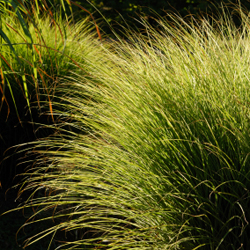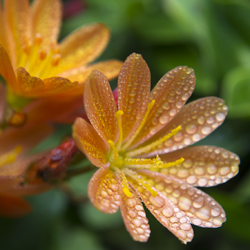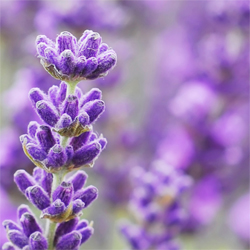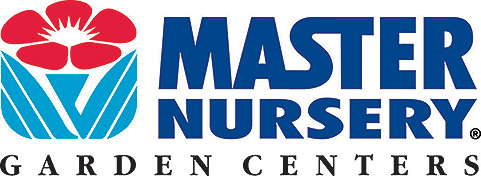Sometimes, there is a simple reason an area doesn’t drain well. Construction debris under the soil may be causing water to stand in place. Or, there could be a layer of “hard pan,” a hard layer of soil. Or, maybe your soil needs more organic material. Luckily, there is an easy way to test your soil’s drainage. Here are the steps:
- Dig a hole 1′ wide by 1′ deep where you want to test the drainage
- Fill the hole completely with water. Allow it to drain completely.
- Refill the hole and measure the depth of the water.
- Wait 15 minutes. Re-measure the depth of the water.
- Subtract the second measurement (step 4) from the first (step 3) to determine how much water has drained.
- Multiply this number by 4. This is the amount of drainage in one hour.
What does this mean? Well, it’s like the Goldilocks story…
Too little: If the amount of drainage in one hour is less than 1 inch, the drainage is very poor. Unless you are planting water-loving plants used in rain gardens, most plants will die.
Too much: If the amount of drainage in one hour exceeds 6 inches, the soil is fast draining. Plants described as “drought tolerant” such as Lewisia, Agastache rugosa, lavenders and other “Mediterranean plants” and many ornamental grasses will thrive.
Just right: If the drainage is between 1 and 6 inches per hour, this is “just right.”
If you don’t have “just right” conditions, you need to make a choice. You can choose plants for the conditions or change the conditions. If you choose the latter, the best way is to add organic materials to the soil. This changes the molecular structure, frees nutrients for the plants and corrects the drainage.
It’s easy to add organics to your soil. Remove any undesired plants, then spread 3-5″ of compost, manure, leaves, grass clippings, peat moss, topsoil and other organic mulches to the area and turn under. The secret is to use materials, which will easily decompose to add nutrients and texture to the soil. This is also a good time to check the soil pH and correct any extreme acid or alkaline conditions.
One last thing, it is important that you never add sand to clay soil with the expectation of improving drainage. If you do, the small sand particles will fill in between the clay particles. The result is similar to making bricks.




